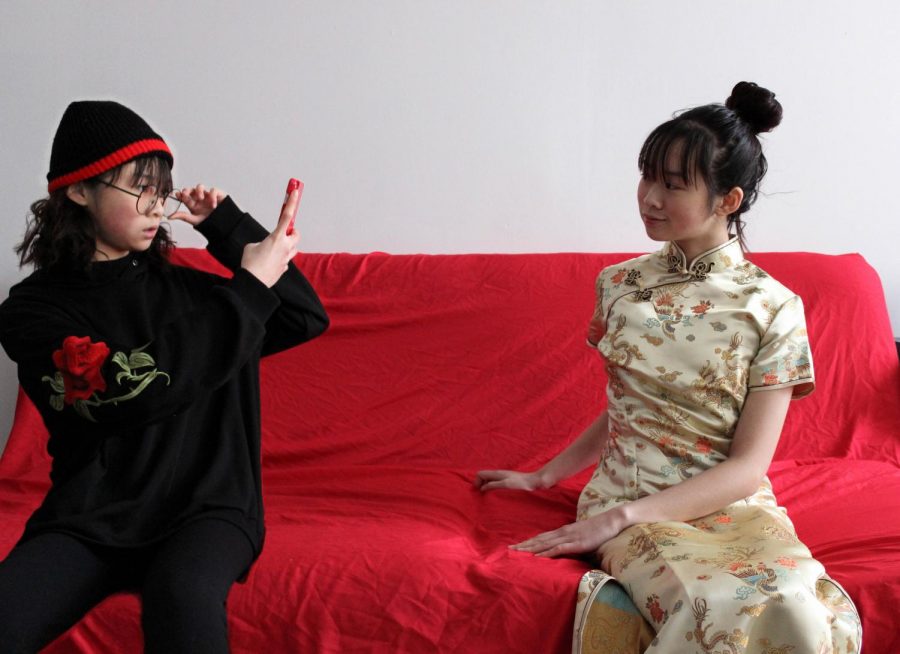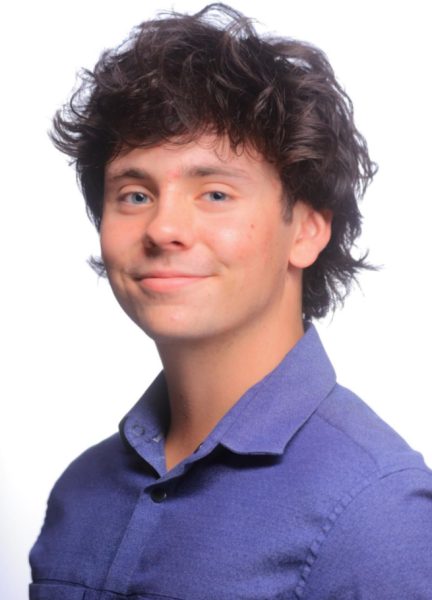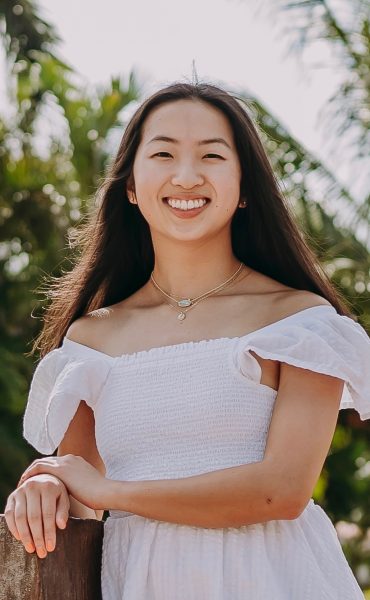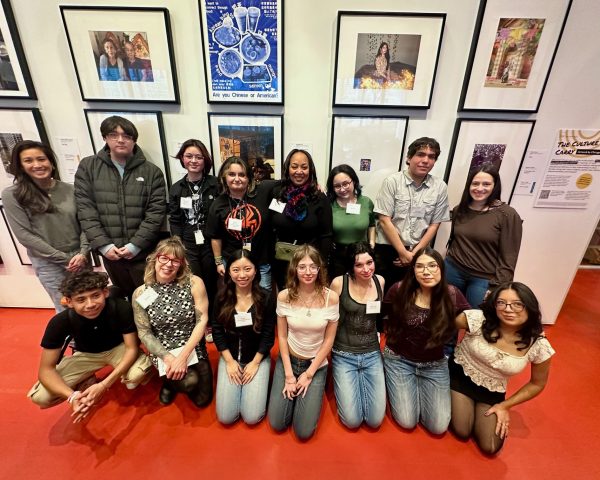Why some teachers do not prefer traditional final exams
Ms. Staurseth’s AP Photography final exam tasked students with turning in 6 photographs centered around identity. (Photo courtesy of Anna Lin)
Two years ago, students in Ms. Machaj’s Honors Geology class were tasked to put together a “concept map,” attempting to tie together many of the themes and concepts learned throughout the first semester. While Room 225 was filled with discussion between students working in groups, many of the other classrooms in the school were silent.
This is because they were taking their final exams, which are often multiple-choice tests or a final essay – types of exams that are considered to be traditional assessments.
According to the Indiana University Center for Innovative Teaching and Learning, “non-traditional assignments can boost students’ motivation” and “give a more accurate reflections of the kind of thinking and problem-solving you want your students to engage in.”
Machaj’s concept map attempted to do exactly that.
“The concept map let me look at things like how you work in a group and count that toward your overall grade because that is what the workforce is looking for,” Machaj said.
Machaj currently teaches Honors Physics, which uses a multiple-choice exam as their final.
“When something has hardcore standards that are aligned to national or state guidelines, traditional is easier to do,” Machaj said. “It’s the easiest way to cover what we need to cover. In elective classes it’s easier to do non-traditional stuff because our guidelines are looser.”
Despite having less constraints than non-elective classes, Machaj’s Geology class still had to follow certain guidelines, such as administering CPS beginning and end-of-year assessments. According to Machaj, while those attempt to cover the same content, they are not an effective way to cover the skills also assessed within a project like the concept map.
“With the concept map project I was looking to see if you could link the different types of seafloor spreading, or plate tectonics to other issues like the earthquakes, like the volcanoes, instead of asking specific questions about volcanoes,” Machaj said. “The performance tasks you take at the beginning of the year and end of year try to do that, but it still becomes an individual score. It’s not your collaboration, your discussing, your developing leadership skills, and learning to be a good listener and teammate.”
Malik Kelly, Div. 952, who was in Machaj’s Geology class last year, sees some advantages in a non-traditional final exam.
“It makes the final more interesting and more fun,” Kelly said. “Kids enjoy it a lot more than if they had to stay up all night and study for a test.”
Despite the advantages that may come with a group final exam, there are some drawbacks, according to Machaj.
“There’s almost always that one kid that kind of wants to take over and it’s got to be their way, or the one kid that just has a better sense and the rest follow along,” Machaj said. “You have to watch, you have to listen as the process is happening, not just looking at the final product.”
Another subject that typically will use a non-traditional final exam is art.
Ms. Staurseth teaches AP and Honors Photography, as well as Art I. Her photography classes used non-traditional final exams.
“For AP Photography we did a series of self portraits centered around identity, and for Honors Photography it was a wrap-up of this last unit which was on photojournalism and they used skills that they had been building all semester,” Staurseth said.
According to Staurseth, projects are a better fit for art classes than a traditional test is due to the type of content learned.
“In art, you learn more skill-based techniques rather than written information as you would in a Math or English class,” Staurseth said. “It’s more technique and skill. I think incorporating a project demonstration of that skill is a better way to evaluate a student’s learning than having them work on a test.”

According to Staurseth, one advantage of the project was that students were given notice as to what they would be tasked with in advance, which gave them time to think about what ideas they wanted to use.
Additionally, Staurseth said that a non-traditional exam provides a different atmosphere than the alternative.
“It’s not the same atmosphere as a traditional test,” Staurseth said. “It can be stressful in a different way but I tried to eliminate that as much as possible.”

Your donations directly fund the Lane Tech student journalism program—covering essential costs like website hosting and technology not supported by our school or district. Your generosity empowers our student reporters to investigate, write, and publish impactful stories that matter to our school community.
This website is more than a publishing platform—it's an archive, a research tool, and a source of truth. Every dollar helps us preserve and grow this resource so future students can learn from and build on the work being done today.
Thank you for supporting the next generation of journalists at Lane Tech College Prep!
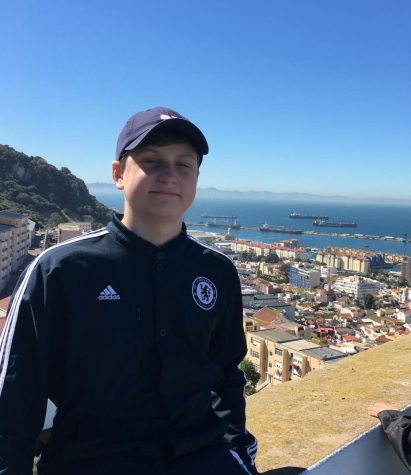
Bradley, a Senior Sports Editor, is currently in his second year on The Warrior staff. He joined last year’s staff in order to become more involved and...

